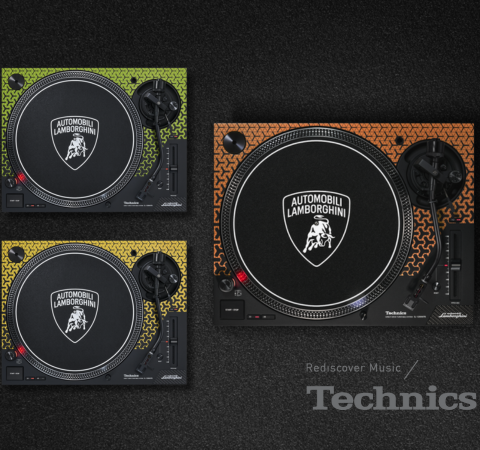ANDROID AND IOS smartphones may be getting the lion’s share of tech-media hype at the moment, but Microsoft could soon be in for its time under the smartphone spotlight as a leaked internal video provides details of the look, feel and features of Windows Phone 8.
Perhaps the biggest news to come out of the leaked footage is support for multi-core processors. According to many smartphone purists, the lack of multi-core support had hobbled Windows Phone 7 phones while competitors launched increasingly powerful smartphones such as Samsung’s Galaxy SII and Apple’s iPhone 4S. Adding multi-core processor support makes considerable sense for Microsoft, as indications are that dual core silicon equipped smartphones will become the norm and quad-core smartphones such as HTCs Edge the high-end choice for power users.
What is also apparent is the tight integration with the next version of Windows that is being baked under the hood of Windows Phone 8. According to the video, Windows Phone 8 will share software components with the next version of Microsoft’s soon to be launched PC operating system. This should in theory allow application developers to reuse chunks of code on PCs and smartphones, potentially killing the current application drought affecting the Windows phone platform.
Tighter desktop integration will also see the Zune PC client (which is used for transferring content to the phone and synching it) being dropped.
Windows 8 and Windows Phone 8 will both also be able to use SkyDrive support to seamlessly share data, so accessing your music collection on the move will be possible as will editing notes and documents created on a PC that were typed on the fly from a user’s smartphone – that is provided you can stomach the mobile data costs.
Whille mobile data consumption is doubtlessly going to increase with Windows Phone 8, making calls should become more affordable thanks to greater Skype integration. This should see making a Skype call being almost the same experience as making a normal mobile call.
Another potentially compelling feature is what Microsoft calls Data Smart. DataSmart should give Windows Phone 8 users a lot more control and visibility over how their smartphone uses mobile data. Not only will DataSmart incorporate a live tile to provide an at-a-glance view of mobile data consumption, DataSmart will also prioritise Wi-Fi connections and automatically connect to any telco-owned WLANs in range. This could dramatically reduce the ongoing costs associated with using mobile data, and being locked into a telco’s Wifi network could also be a costly undertaking.
Staying with pocket pleasing goodness, Microsoft has also tweaked Internet Explorer 10, which gets mobile friendly thanks to the addition of server-side compression to greatly reduce data consumed when surfing the web.
On the security side of things, business users will get 128k native BitLocker encryption to keep data secure, and Belfiore also talked up “line-of business” apps that should let businesses run their own proprietary apps from behind company firewalls.
Last but by no means least, Windows Phone 8 will also include support for MicroSD (about time Microsoft!), four new screen resolutions and NFC (which could transform your phone into a digital wallet for low value contactless purchases).
With the Nokia Lumina range about to launch, Windows’ fledgling smartphone platform will no doubt be garnering significant media attention in the near future. Assuming the features detailed in the leaked video do come to market, Microsoft may soon be in a position to give Android and IOS a real run for its money. As competition in the smartphone market intensifies, the real winner should hopefully be the consumer. Here’s hoping.
















